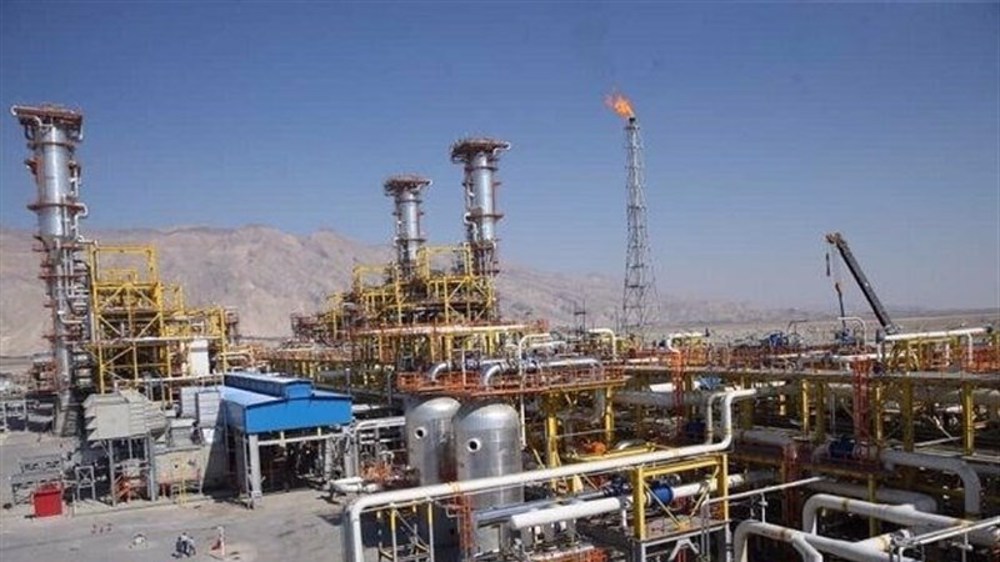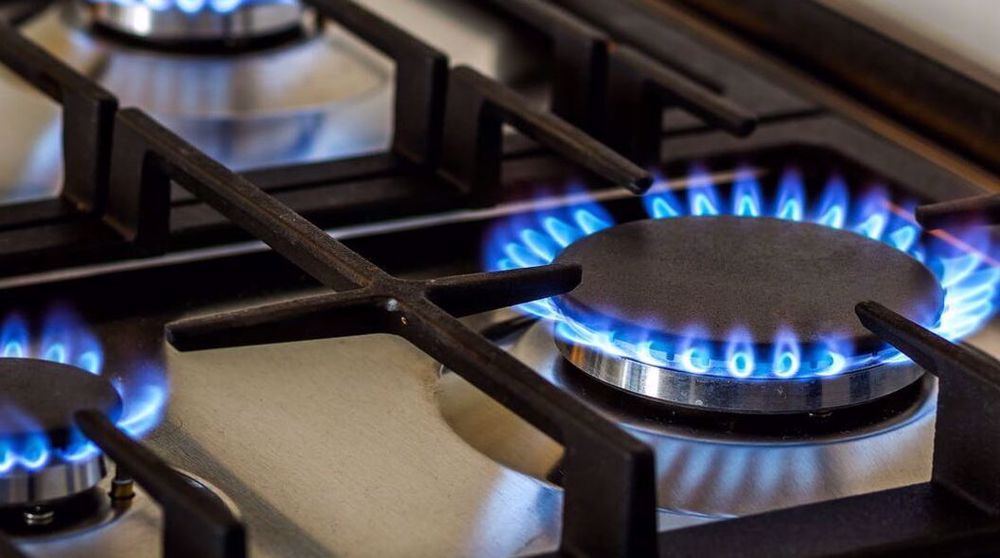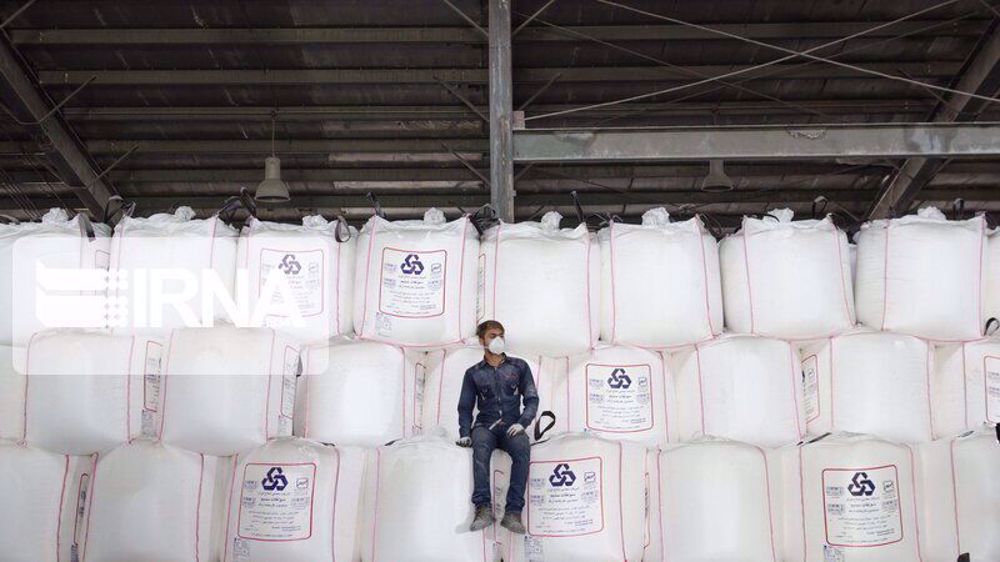Iran draws closer to No. 2 OPEC position
Minister of Petroleum Bijan Zangeneh says Iran’s oil exports have risen to 2.1 million barrels per day (bpd), bringing the country closer to its former position as the second biggest OPEC producer.
“Our crude oil and condensate exports have now reached 2.5 million barrels per day and crude oil (exports) have solely hit 2.1 million barrels per day,” Zangeneh told the state television on Monday night.
“To get back to our place as the second OPEC producer, we need time. Currently, we are even behind Iraq in terms of crude production but with the planning which has been made, we will achieve this position in the future.”
Iran, currently the third OPEC producer, has been ramping up oil production to reclaim its market share after the lifting of sanctions in January.
Zangeneh said sanctions cut Iran’s oil production by 1 million barrels per day to about 2.7 million, which also saw the country’s oil and gas sector languish through years of a major investment drought.
“Unfortunately over the past few years, no investment has been made in the country and in the oil and gas sectors,” he said through a video link from Iran’s oil-rich Khuzestan.
“We need to substantially invest in the oil industry because we have all the investment potential in this sector.”

Iran exported about 2.2 million bpd and its production was below 4 million bpd in late 2011 before the sanctions were imposed.
The Ministry of Petroleum is currently awaiting the final approval of a new oil contract model which the country has been working on for the past two years. The contract model outlines the new terms of foreign investment which Iran hopes to bring into the country along with vital technology.
Iran expects to sign deals to a tune of $25 billion with foreign oil companies over the next couple of years under the terms of the new contract, Managing Director of the National Iranian Oil Company Ali Kardor was quoted as saying earlier this month.
The model, known as Iran Petroleum Contract (IPC), has fierce opponents who have drawn parallels with the country’s oil concessions to the UK under the 1901 D'Arcy Agreement which Iranians believe squandered their national wealth.
It has been modified several times to satisfy those who have cited serious flaws in it, with Zangeneh taking the latest version to parliament this month for final touches before it is presented to foreign investors.
The oil minister has said priority will be given to investment in jointly-owned oil and gas fields, which is likely to draw less opposition from the critics amid argument that Iran’s slowness was already allowing neighbors to dry out the reservoirs.
Zangeneh on Monday night mentioned oil and gas fields shared with Iraq, including Yaran, Azadegan and Yadavaran.

He said crude production from those fields has risen to 215,000 bpd from 70,000 bpd in 2013, holding hope that the figure will touch 300,000 bpd by the end of the current Iranian year in March 2017.
“At the moment, we are on par with Iraq in terms of oil production from joint fields but we are trying to raise this figure to 700,000 barrels per day in the next two or three years,” Zangeneh added.
Tehran rejects Elon Musk’s role in release of Italian journalist as ‘media fantasy’
Pezeshkian: Iran open to talks but prepared to crush enemy if attacked
Araghchi: Iran-Russia strategic deal step toward ‘more just world’
UNRWA unraveled amid Israel's allegations, reduced intl. support
Palestinian journalist, a Sobh Media Festival awardee, killed in Gaza hours before truce
Jan. 15: ‘Axis of Resistance’ operations against Israeli occupation
VIDEO | Fears, hope in Gaza amid intensified ceasefire efforts
VIDEO | Press TV's news headlines










 This makes it easy to access the Press TV website
This makes it easy to access the Press TV website